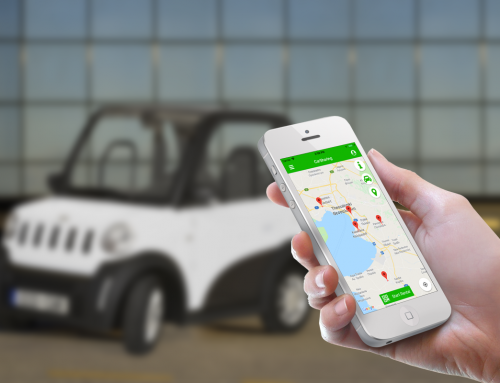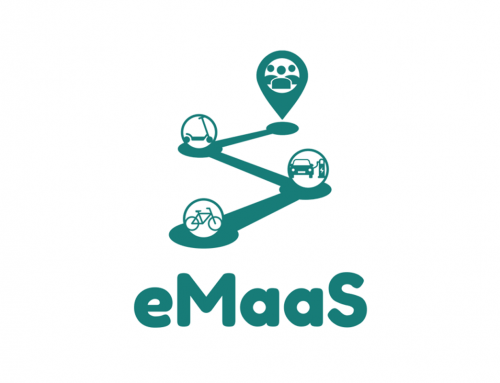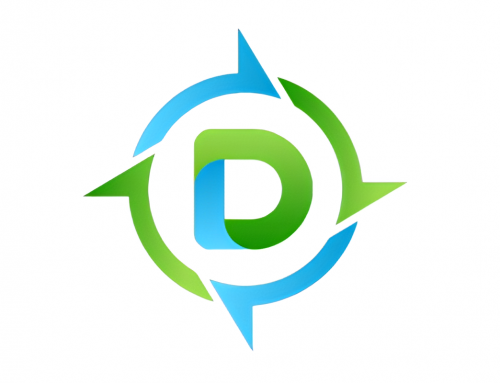Project Description
Diversify-CCAM
DIVERSIFY CCAM BY INTEGRATING THE EUROPEAN CULTURAL AND REGIONAL VARIATIONS IN THE DESIGN AND IMPLEMENTATION OF CITIZEN-FRIENDLY SOLUTIONS TO FOSTER MOBILITY EQUITY
Diversify-CCAM project is the design and development of a smart managerial tool that will “understand” the underlying diversification factors that influence the uptake and utilization of CCAM models. Product-wise, this tool will comprise a dynamic database with research findings from end-users and a frontend managerial interface (dashboard) that will be used to interpret the underlying notions and factors behind research findings. The dashboard will generate valuable insights to help policy makers, decision makers, and CCAM stakeholders introduce improved CCAM models with increased acceptance, usage and users’ engagement.
The software would address problems by providing a centralized platform for creating, storing, and distributing questionnaires. Researchers and organizations would be able to create questionnaires using a user- friendly interface and then distribute them to participants through a variety of channels, including email, text message, and social media. The software would also track the progress of each questionnaire and collect results. This would allow quick and efficient collections of the data.
The system architecture consists of the following modules:
- Backend: The backend is the server-side component that stores and manages the data for the questionnaires. It would be a cloud-based database that can scale to accommodate a large number of users and questionnaires.
- API: The API is the interface between the frontend and backend. It allows the frontend and mobile apps to interact with the backend and retrieve data from the database.
- Mobile app: The mobile app is a native app that allows users to take questionnaires on their mobile devices. It would be developed for iOS and Android platforms. It is proposed that different apps are developed for users, interviewers and real time workshops.
- Frontend: The frontend is the user interface that allows researchers and stakeholders to produce custom reports and graphically view/analyse the data based on indicators and regions in order to draw conclusions.





